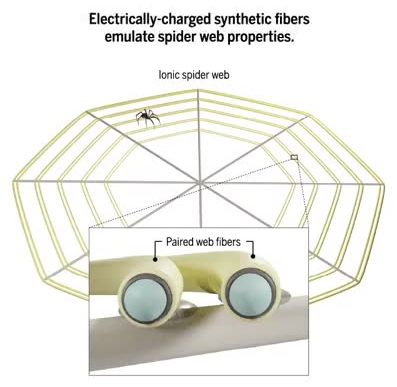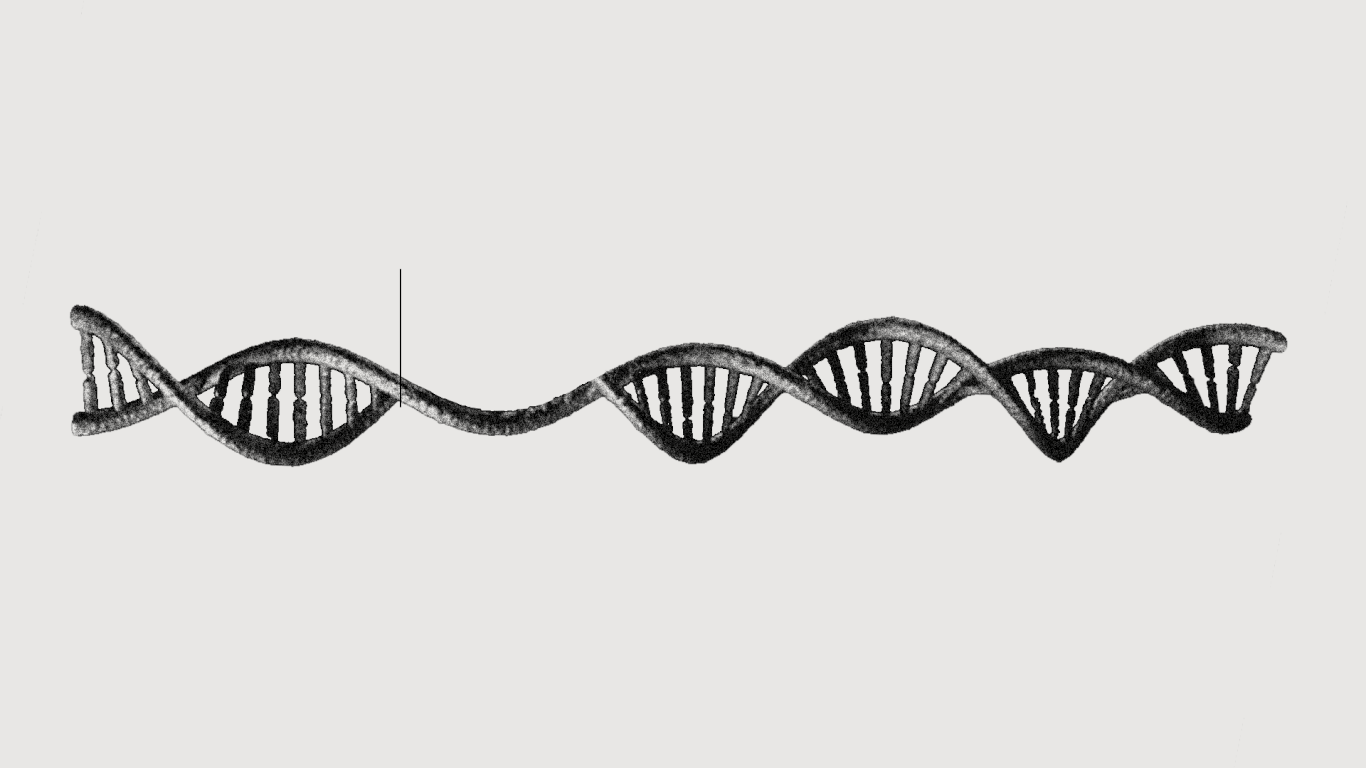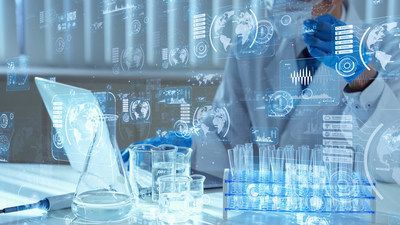Hugely informative and surprisingly candid new Cosmic Controversy episode on why the Moon is so crucial to our collective space future with Notre Dame Planetary Geologist Clive Neal. Well worth a listen.
Notre Dame Planetary Geologist Clive Neal stops by the podcast for a terrifically candid discussion of why the Moon has to be the first stop en route to Mars. We talk about why the Moon holds the key to the new Space Economy; the prospects for NASA making its 2024 Artemis mission deadline; and, why lunar samples are still being analyzed 50 years hence. Why more lunar samples and lunar seismometers are keys to understanding our inner solar system. And why it’s imperative that we revisit the Moon in a permanent way if we are ever to make Mars our own. We also mull over the politics of all of this three weeks away from a pivotal presidential election.







